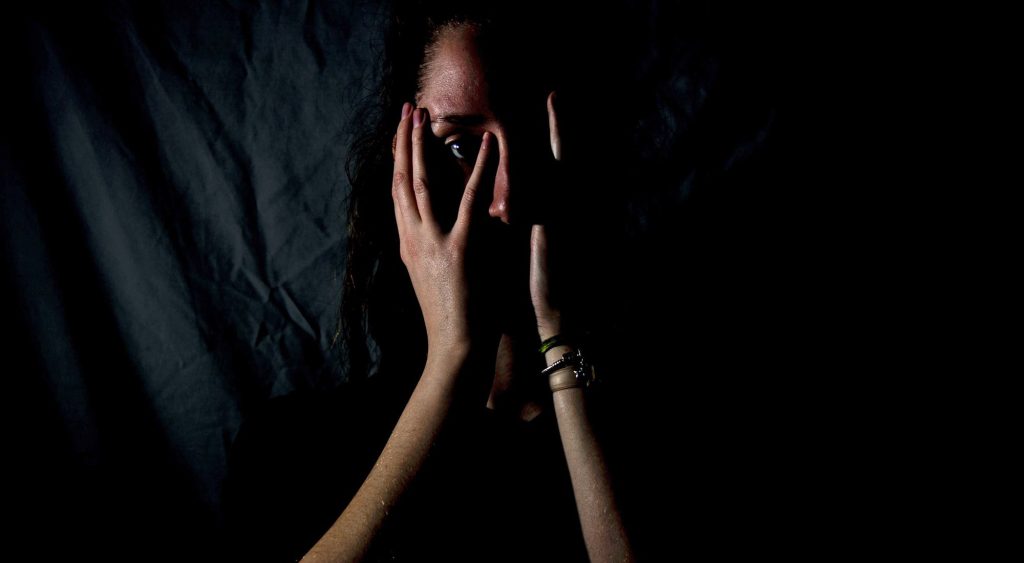Since 2012, the UN General Assembly designated February 6 as the International Day of Zero Tolerance for Female Genital Mutilation, a name as long as the struggle to raise awareness and lead efforts for the elimination of this cruel practice in the world.
Female genital mutilation (FGM) is the partial or total removal of the external female genitalia (clitoris, labia majora and labia minora or vaginal opening) by pricking, piercing, cutting, scraping and cauterization.
Medical complications are short and long term. Among the symptoms are chronic pain, infections, bleeding, anxiety, depression, infertility, and in the worst case, death.
The #sinrecato question is: why do they do it? In some communities they believe it enhances women’s beauty, honor, social status, marriageability and chastity.
This violent practice is concentrated in nearly 30 countries in Africa and the Middle East; in South Asian nations such as Indonesia, India, Iraq and Pakistan; in small communities in Latin America; and persists in migrant populations living in Western Europe, North America, Australia and New Zealand.
Unicef estimates that during the Covid-19 pandemic in 2020, due to interruptions in prevention programs, the number of cases of female genital mutilation will reach two million in the next decade.
To promote its eradication, efforts are focused on human rights awareness, gender equality, sex education and care for victims of female circumcision.
That is why, in this 2021, the joint program of the Population Fund and Unicef on the elimination of female genital mutilation and the (IAC) together launch the theme: ‘No time for global inaction: Union, financing and action to eliminate female genital mutilation’.
The United Nations is calling on the global community to enable girls and women to have a voice, choice and control over their own lives, recognizing that it is a serious violation of their rights, health and integrity.
It has many terms such as excision, infibulation or female circumcision has been practiced for over a thousand years. The UN is hoping that it can be ended in a single generation, the goal is to eradicate it by 2030.
The optimism is because they have the task ahead of them, since 2008, as they have developed the world’s largest program to accelerate the elimination of FGM led by the United Nations Population Fund and Unicef.
The program currently focuses on 17 African countries, and there has been significant progress, including getting 2.8 million people to make public declarations to abandon the practice.
The commitment of the community in the face of this problem has established vigilance to track girls at risk, efforts that have been doubled, managing to protect 213.774 girls.
In these years of work with the civil population, Unicef has achieved significant advances such as:
– Supporting health services to prevent genital mutilation and treat the complications it causes.
– Promoting educational programs, while cooperating with religious leaders to disassociate it from that conception.
– Disseminate, through the media and social networks, the consequences of the practice of female genital mutilation.
Colombia is the only country in Latin America that is part of the world list in which FGM is practiced. According to the National Conference of Afro-Colombian Organizations it occurs in the Emberá indigenous community, in the Colombian Pacific.
Precisely, this organization joins the voices calling for an end to the horror in millions of girls and women in the world who suffer genital mutilation.
Traducción del español: Catalina Oviedo Brugés
















